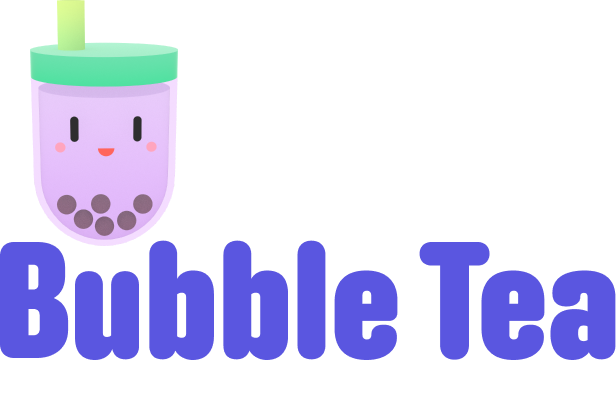Building Interactive Terminal Applications with Bubble Tea

If you’ve ever wanted to build interactive and engaging terminal applications, look no further than Bubble Tea. Bubble Tea is a Go framework inspired by The Elm Architecture and is perfect for creating both simple and complex terminal apps. In this tutorial, we’ll guide you through the process of building your own interactive terminal application using Bubble Tea.
The Basics of Bubble Tea
Bubble Tea programs are built around three core concepts: the model, the update function, and the view function. The model represents the application’s state, while the update function handles incoming events and updates the model accordingly. The view function is responsible for rendering the user interface based on the data in the model.
To get started, you’ll need to import the Bubble Tea library and define your initial model. The model can be any type, but a struct is typically used to store the application’s state. Next, you’ll define the Init method, which returns an initial command for the application to run. For simple applications, you can simply return nil as the command.
Creating the User Interface
The user interface in Bubble Tea is defined by the view function. This function takes the current model as input and returns a string that represents the UI. The UI can be as simple or as complex as you want, allowing you to create dynamic and interactive terminal applications.
In our tutorial, we’ll create a shopping list application as an example. We’ll define our model to store the list of items, the cursor position, and the selected items. The update function will handle keypress events and update the model accordingly, while the view function will render the shopping list with the cursor and selected items highlighted.
Putting It All Together
Once you have defined your model, update function, and view function, you’re ready to run your Bubble Tea program. Simply pass your initial model to the tea.NewProgram function and let it do its magic. Bubble Tea takes care of the redrawing logic for you, so you don’t have to worry about manually updating the UI.
Real-World Examples
Bubble Tea is already in use in production and has been used to create a wide range of terminal applications. Some examples include:
- AT CLI: execute AT Commands via serial port connections
- charm: the official Charm user account manager
- circumflex: read Hacker News in the terminal
- Canard: an RSS client
These examples demonstrate the versatility of Bubble Tea and its ability to create powerful and engaging terminal applications.
Conclusion
Bubble Tea is a powerful and easy-to-use framework for building interactive terminal applications. With its functional design paradigms and seamless integration with Go, Bubble Tea provides a delightful way to create dynamic and engaging UIs in the terminal. Whether you’re a seasoned developer or just starting out, Bubble Tea is worth exploring for your next terminal application project.
So why wait? Grab a cup of Bubble Tea and start building your own interactive terminal applications today!
Feedback:
We’d love to hear your thoughts on Bubble Tea and this tutorial. Feel free to reach out to us on Twitter, The Fediverse, or Discord.
Acknowledgments:
Bubble Tea is based on the paradigms of The Elm Architecture by Evan Czaplicki et alia and the go-tea library by TJ Holowaychuk. It is also inspired by the Zeichenorientierte Benutzerschnittstellen of the past.
License:
This project is licensed under the MIT License.
Charm loves open source!
Leave a Reply